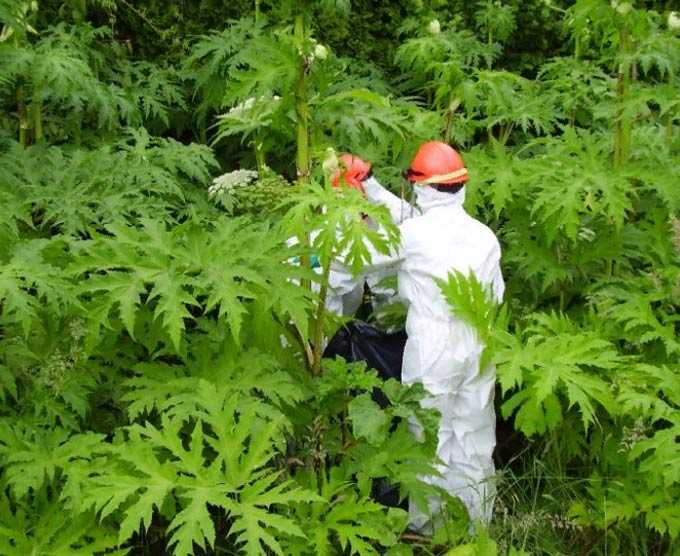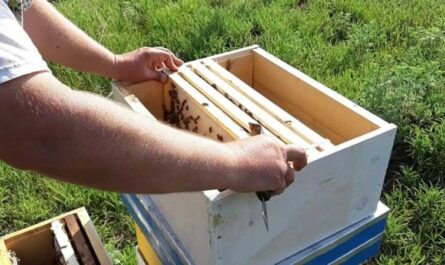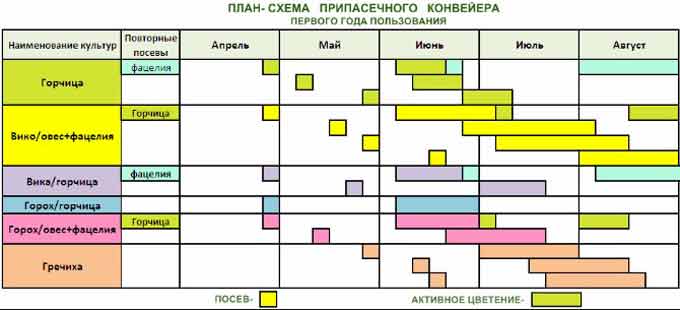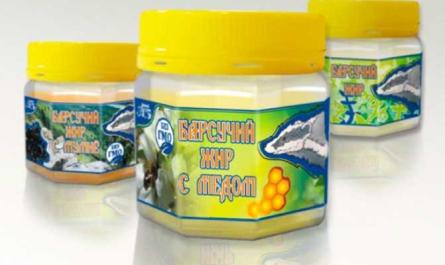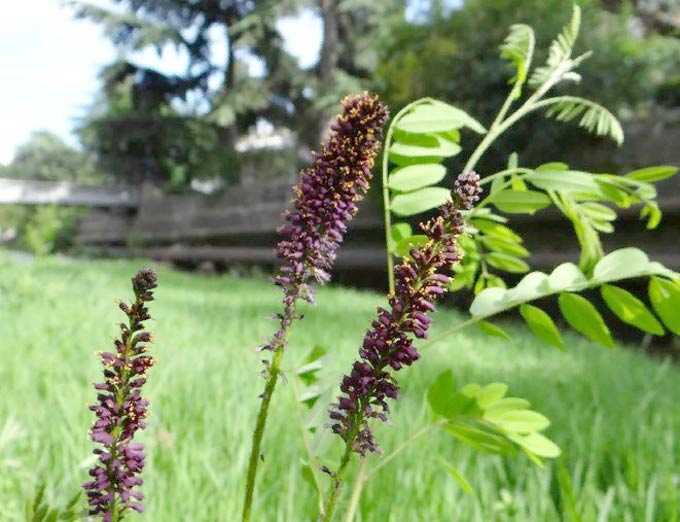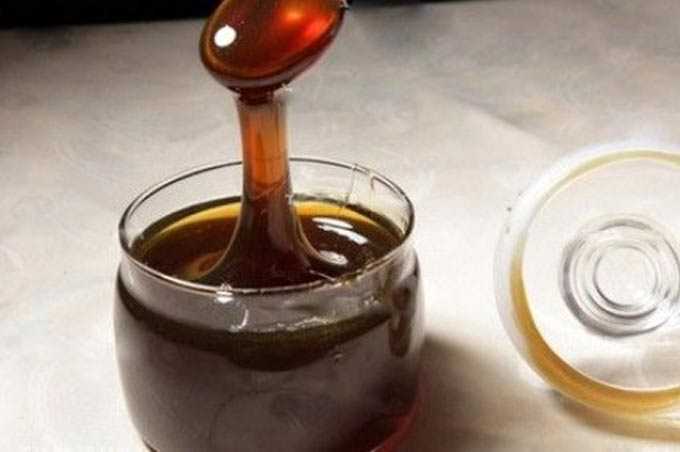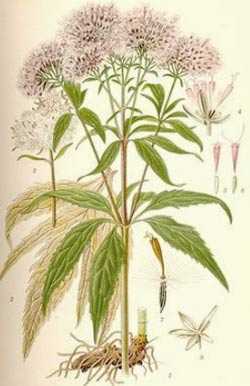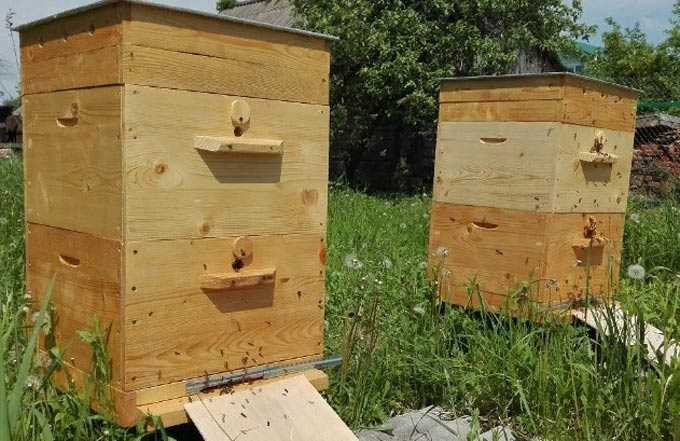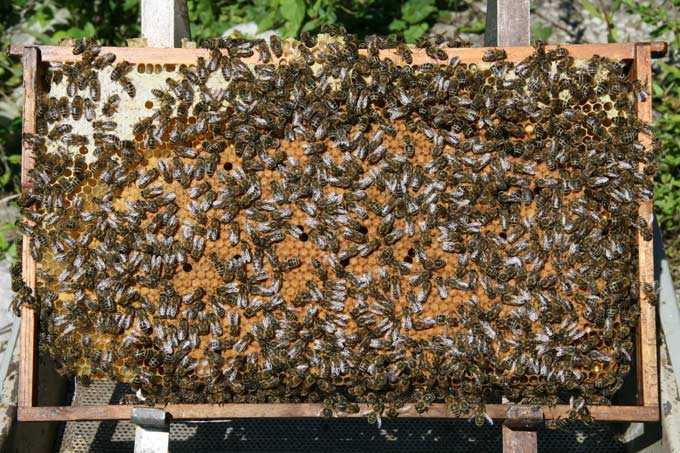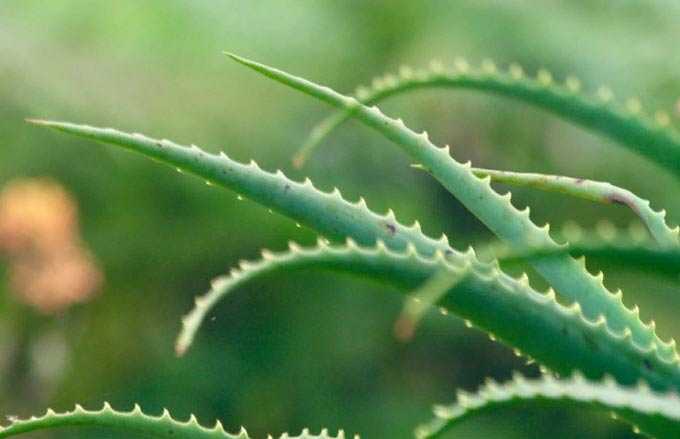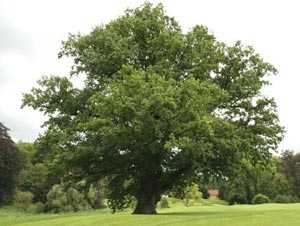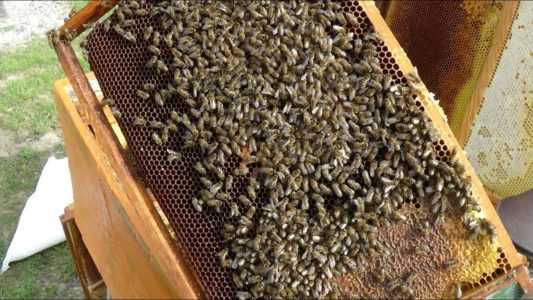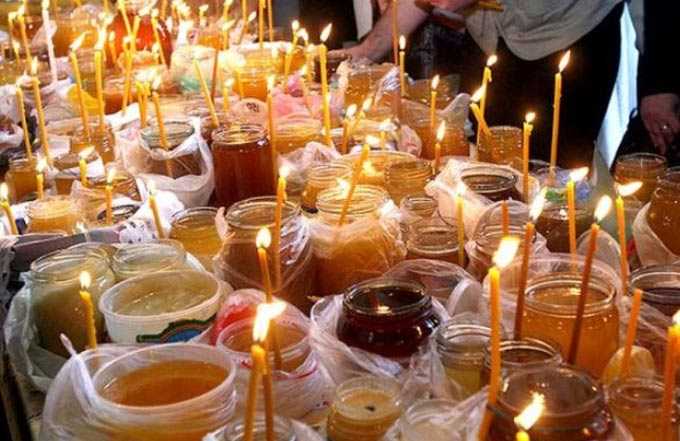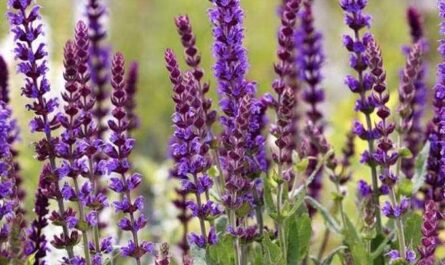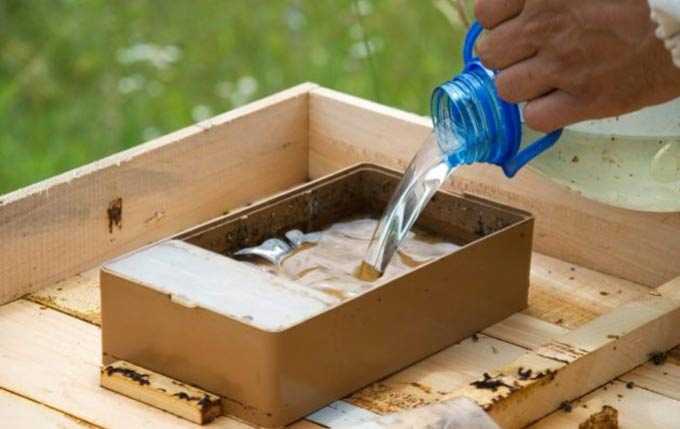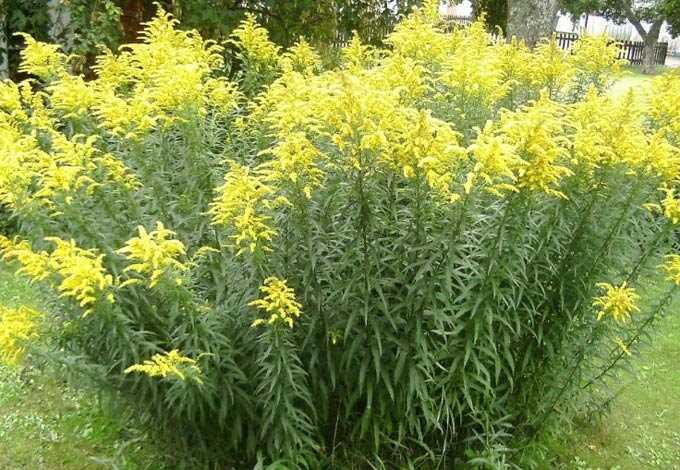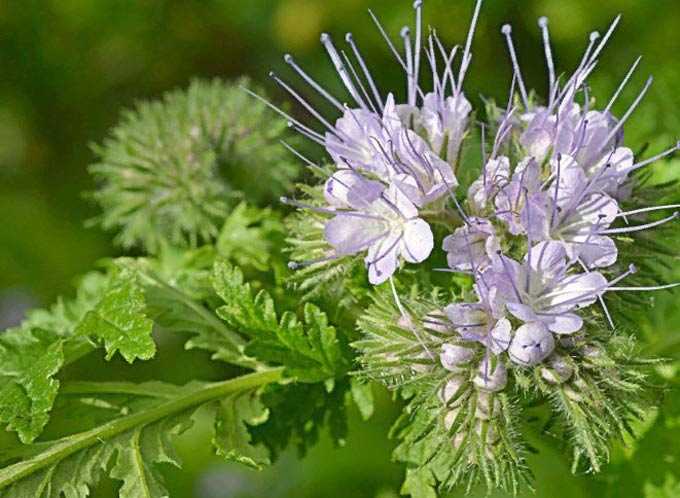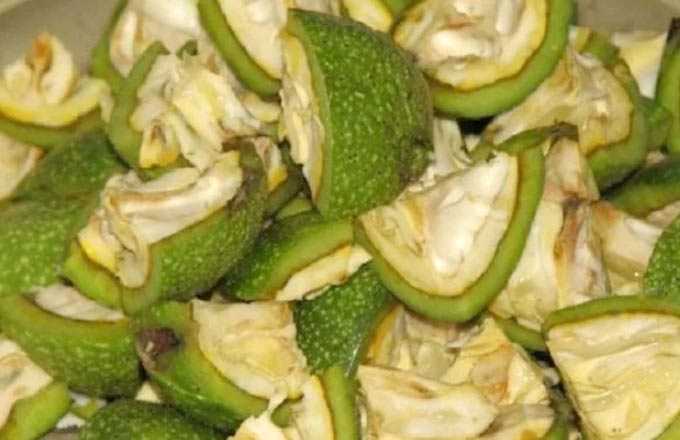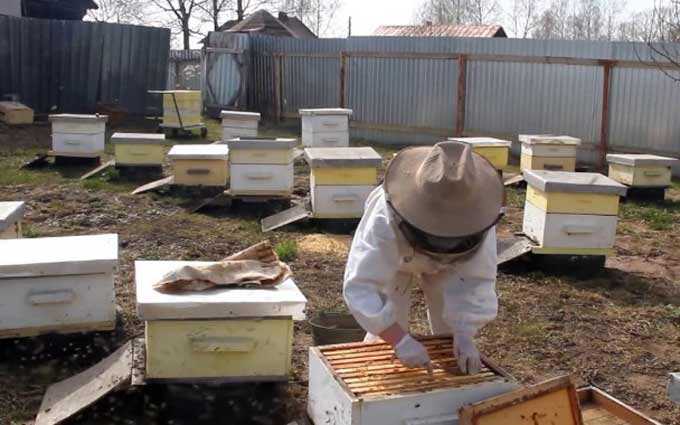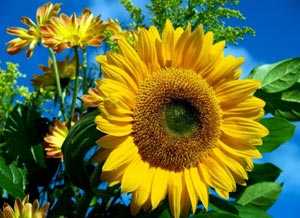A whole genus of umbrella herbaceous plants is known in biology under the hogweed, numbering more than fifty varieties (one of which is found only in North America).
The reputation of hogweed in our country is bad – the fight against certain poisonous varieties forms a suspicious attitude towards any representative of this plant species. Nevertheless, hogweed as a honey plant is included in beekeeping reference books.
The content of the article
- 1 Distribution
- 2 Dangerous species
- 3 Species useful for the apiary
- 3.1 Description
- 3.2 Agrotechnics
- 3.3 Honey productivity
- 3.4 Useful Properties
Distribution
The overwhelming majority of hogweed grows in the eastern hemisphere, mainly in its temperate zone and subalpine mountain belt. In Russia, the distribution area is the European part, Western Siberia. Plants of this species are also found in Kazakhstan, Belarus (mainly Minsk and Vitebsk regions).
Hogweed behave quite aggressively, capturing more and more territories and displacing the local flora. You can meet them on abandoned fields and vegetable gardens, wastelands, the shores of reservoirs, along the roads.
In some European states, a real war has been declared on these plants (Germany, Czech Republic, Scandinavian countries, Poland, Estonia), to which Russia and Belarus have joined. Nowadays, thickets of hogweed can cost the owners of suburban areas an administrative penalty for negligence that violates the environmental safety of the region.
Dangerous species
But here it is worth emphasizing separately that only some poisonous species pose a danger to humans and livestock.
The most common of them in Russia is hogweed Sosnovskogabout. You can meet him in the central, northwestern and northern regions. The variety is also dangerous Mantegacci (mantegazzianum).
These giant plants contain furanocoumarins in their juice. When they come into contact with animals and humans, they provoke dermatitis. Under the influence of sunlight, the poison instantly infects the unprotected skin, causing severe chemical burns with the formation of characteristic blisters and ulcers.
Important! Severe burns can be fatal in children! Adults destroy dangerous grass in protective waterproof suits that prevent the juice from getting on the skin.

Literally everything is poisonous here: pollen, smell, juice, and even dew dripping from the foliage in the early morning!
Species useful for the apiary
Along with such a dangerous hogweed, there is quite harmless Siberian variety (popularly known as “pican” or wild sorrel). She, just, and included in the beekeeping reference books.
You can meet this honey plant in Western Siberia, on the Caucasian foothills, in the temperate European zone (practically throughout its entire territory), in the south of Altai, in Kazakhstan and the Crimea.
The grass prefers well-moistened soils, choosing meadows and woodlands.
In the Middle Ages, young leaves and shoots of this plant were used without any restrictions for preparing first courses. But over time, this culinary tradition was practically abandoned.
Description

Leaves are oval in shape, dissected along the edges, up to half a meter in length. The flowers are small, yellowish-green, gathered in umbrellas. They bloom from July to September, in some regions they bloom from the beginning of summer simultaneously with wild (forest) raspberries.
Agrotechnics
The honey plant is propagated by seeds, which are sown in wide rows in late autumn (about 20 days before the soil freezes). The seeding depth is 2-2,5 cm. The seed is preliminarily stratified at temperatures from zero to -2 degrees. To do this, seeds soaked in water for three days are placed in prepared boxes, after mixing with sand (part of the sand for three parts of seeds). The thickness of the sand in the boxes is from 15 to 20 cm. The sand is regularly mixed and moistened until the seeds hatch. The whole process takes 90-100 days. Then the seeds are transferred to the open ground, distributing them on the site in a wide-row way.
Honey productivity
Apiaries are specially taken to the thickets of the Siberian hogweed, making sure that only strong colonies are at the point – when working on this plant, bees wear out quickly, but at the same time egg-laying is stimulated (there will be more brood than usual).
The hives are equipped with a second store, since the nectar is liquid and its processing takes longer than other types of honey.
The full bloom phase is observed from early morning until noon. It was during this period that the bees actively visit the unfolded umbrellas. Active flowering lasts from 18 to 35 days. They take away the apiary a little earlier than all the umbrellas have faded!
The honey plant Siberian hogweed provides bribes from 200 to 250 kg of marketable honey per hectare of dense plantations. At the same time, the bees collect a bright yellow pollen.
Fresh honey has an amber hue, pleasant and strong enough smell, good taste. The consistency is thick.
Useful Properties
Dried stems, leaves, seeds and roots of the herb in folk medicine are recommended for a number of diseases such as furunculosis, rheumatism, toothache.
Honey obtained from non-poisonous varieties improves digestion, increases appetite, normalizes the functioning of the gallbladder, liver, and kidneys.
It is useful to dissolve it in the mouth with angina, stomatitis, gingivitis. The product serves as a good disinfectant.
Important! Despite the fact that the petioles of the stems of the Siberian variety are still pickled and used as a side dish, its juice can cause inflammation on the skin (though not as strong as from poisonous varieties of hogweed). Petioles and leaves are harvested with rubber gloves, and then soaked to remove coumarins. And only after that they cook.
